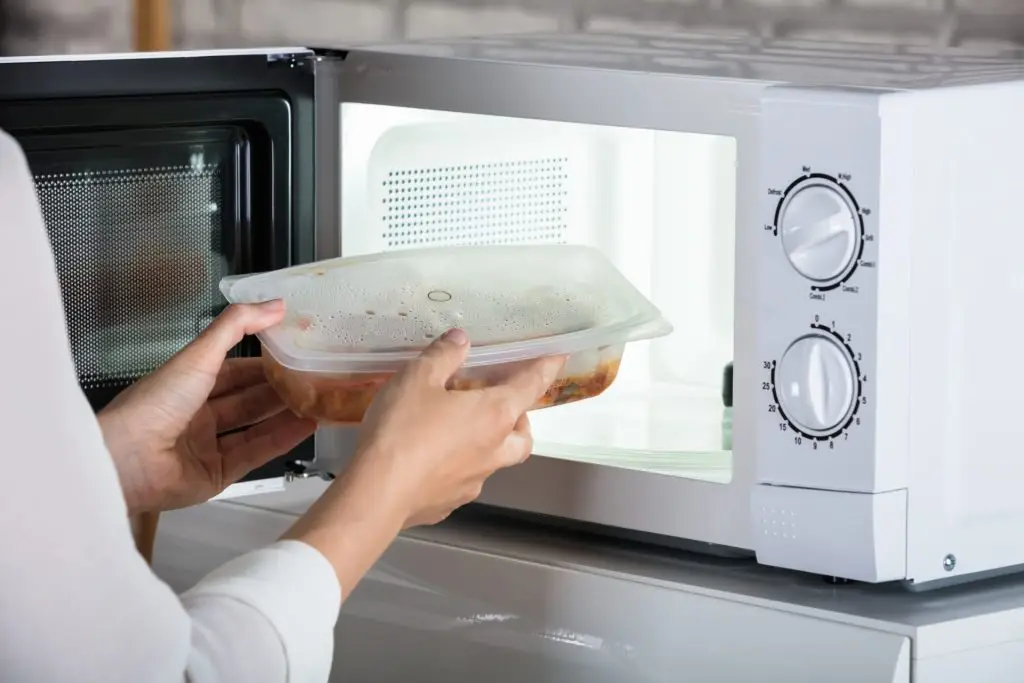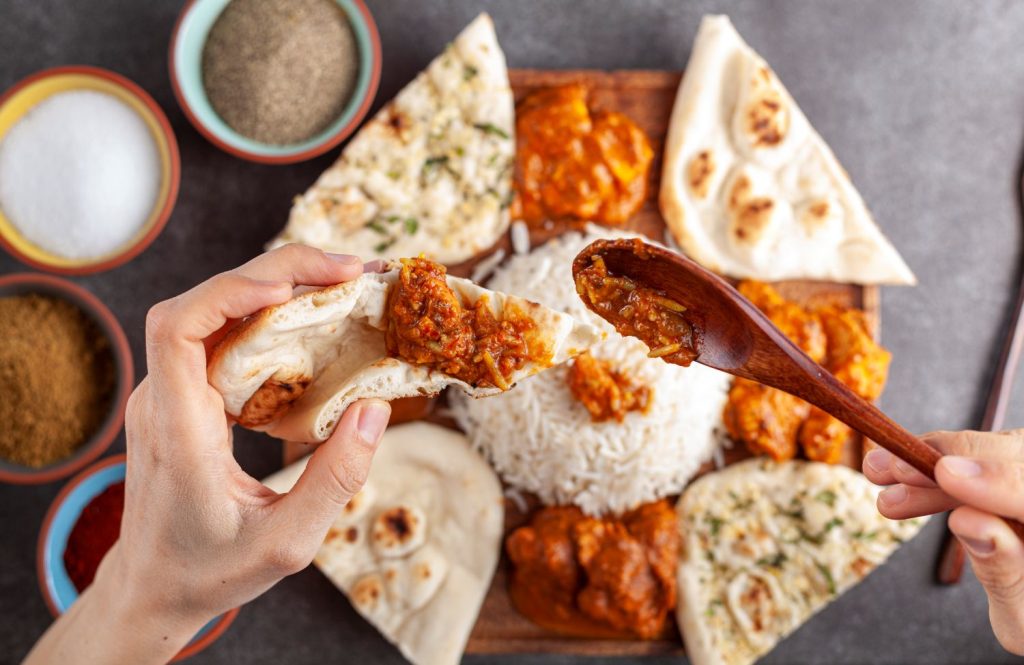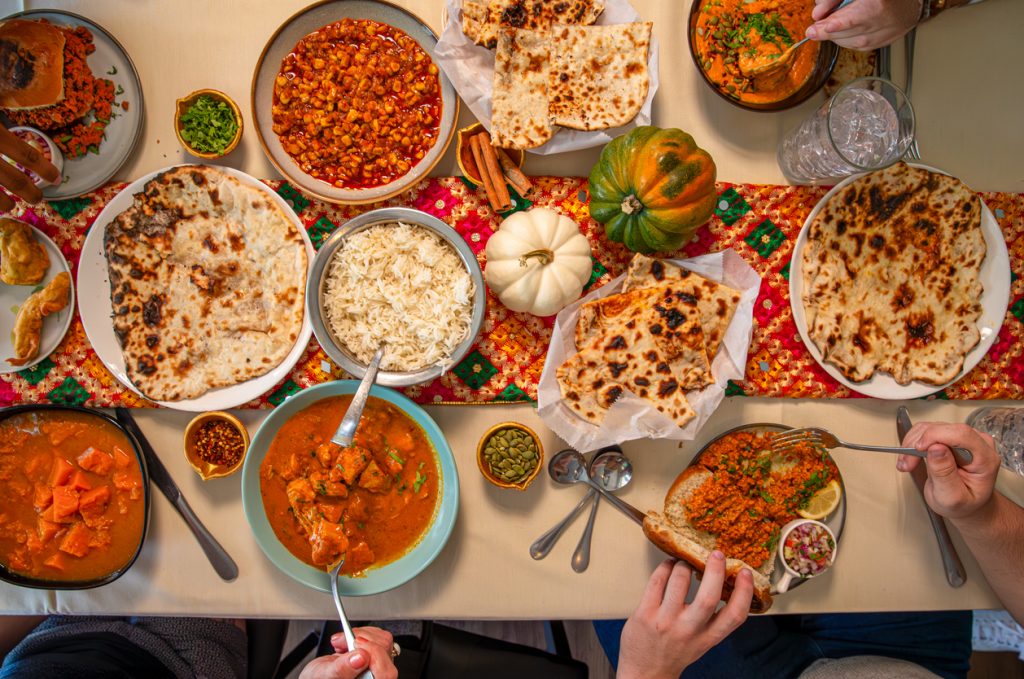Evolution of Ready-to-Eat Meals
Who doesn’t love the convenience of a ready-made meal? When you’re in a hurry or just don’t feel like cooking, grabbing a quick meal from the fridge or freezer, is always valuable. Of course, the theory is that ready-to-eat meals aren’t necessarily good for you.
Why are ready-made meals desired?
For many, lifestyles have become very busy and the time to set aside to cook a meal, is often limited. The demand for ready-made meals has increased rapidly, especially since COVID started. Consumers are taking to the frozen food and prepared food aisles more.
As we learned in the article World Flavors: What’s Trending people are preferring bigger, bolder, authentic flavors. Many ready-to-eat meals have evolved in quality and taste. It’s also a great way to sample a cuisine, without the higher price tag.
Prepared meals also have a longer shelf-life than homemade meals. So, if you’re not ready to consume your meal as soon as you bring it home, you can wait a few days and it should still be fresh.
What are the misconceptions of prepared meals?
For years, when it came to the idea of prepared meals, the assumption was that they were loaded with ingredients that lacked nutritional value, the quality of taste was not very appetizing, and the category lacked variety.
Ready-to-eat meals were first introduced to the public for household consumption around the 1950’s, when they were affectionately known as “TV dinners.” Developed from the idea to take the surplus inventory from Thanksgiving meals and package it up in a foil tray for re-sale, to be heated in an oven, “TV dinners” started to gain appeal. By the 1980’s, when microwaves became widely acquired and “TV dinners” were produced in microwaveable trays, ready to eat meals sales had taken off.
Nutritionists and scientists came to the conclusion that the ingredients that were packed into these meals did not comply with nutritional guidelines, and thus the perception carried on throughout the years, despite the evolution of recipe alterations to transform nutritional value.
Additionally, flavor seemed to be compromised due to the limitations of producing pre-packaged meals that was designed for future consumption.
Revitalization of ready-to-eat meals
As the years progressed, ready-to-eat meals developed and now come in various cuisines, from American classics, to Italian, and even Indian. Innovation and technological advancements have allowed food manufacturers, like Cafe Spice, to infuse high-quality ingredients that also tailor to specific dietary needs, like gluten-free and vegetarian options. People are embracing variation and authentic flavors and reports have shown that ethnic cuisine is having their moment. To find out more about the assortment of prepared meal varieties, view some selections at www.cafespice.com




